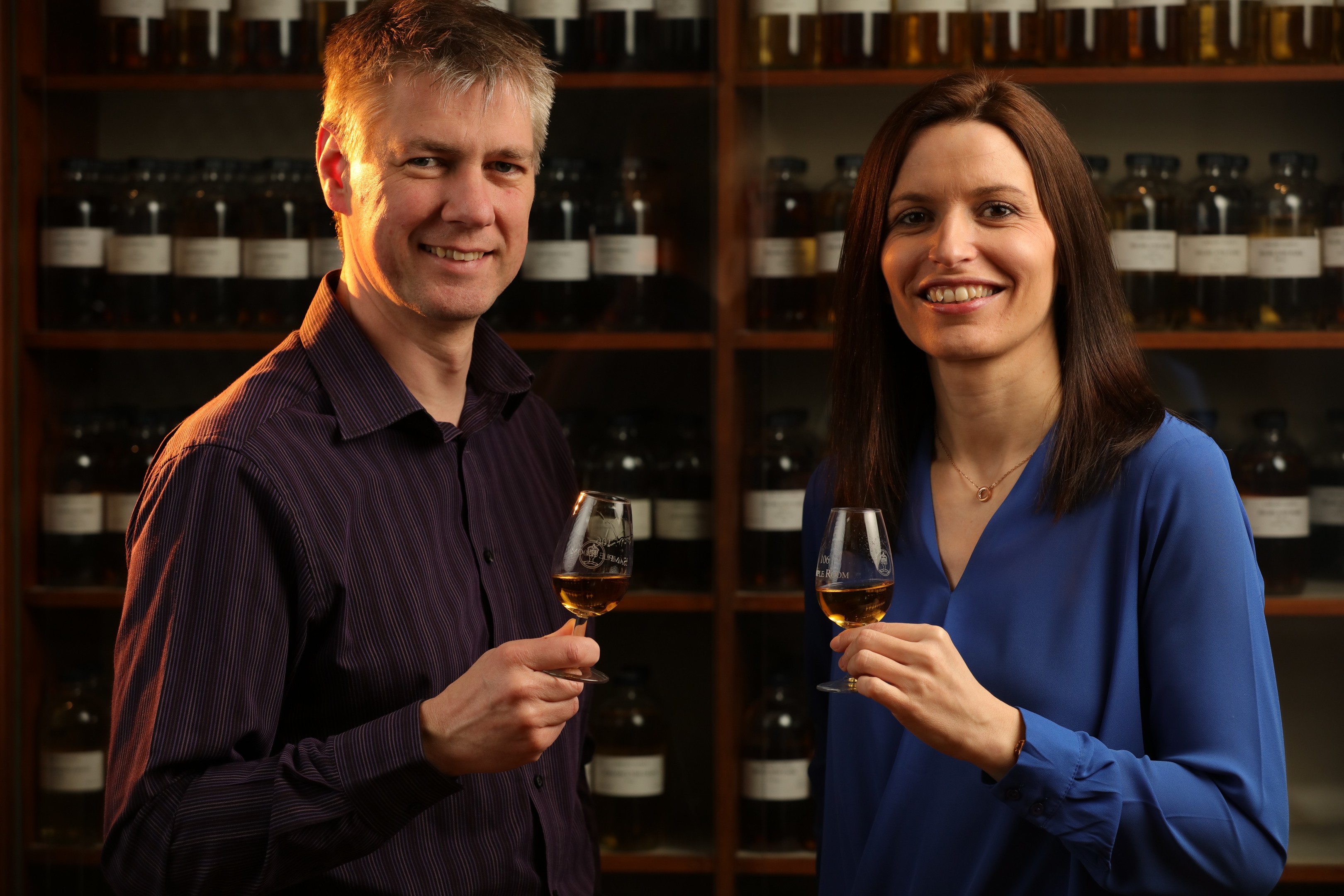A few weeks ago, Famous Grouse joined the ranks of the big-name blends whose chief blender is a woman. She is Kirsteen Campbell, who has been in training for many years and has been chief blender for Cutty Sark for the past eight.
I remember once being told by someone in the Edrington Group (who make Famous Grouse) that Kirsteen had to forego perfumes and scented cosmetics, and avoid foods such as curry, garlic and onions to keep her olfactory systems highly tuned and unaffected by such non-whisky factors. Yet I also recall a male blender, who worked for Suntory, casting doubt on such tales, saying no such restrictions were ever placed on him.
Many people must think that being a whisky blender is the greatest job on earth. However, it is not quite as jolly as it sounds. Blenders do 99.9% of their sampling by nosing and only very rarely sip a whisky. It’s all in the hooter, as the saying goes.
Blends, which – despite the advance of single malts – still make up the lion’s share of whisky sales, generally consist of one or two grain whiskies and anything from a handful to dozens of malts. The best blends have a 50:50 grain-to-malt ratio, with cheaper blends having 60-70% grain and 30-40% malt, sometimes even less. As grain whiskies are generally matured in ex-bourbon barrels, they tend to be pale, so many blends have a dribble of caramel added to darken the mix. Purists decry caramel but there’s no doubt many drinkers feel a deep brown whisky looks better than a pale one.
One relatively recent arrival is 100% blended malts that fill a gap between standard blends and single malts. Some are excellent, but they are still a niche market.
It’s said the skill of blending is to know which malts complement and improve, rather than detract from, each other. Doyen of blenders Richard Paterson has his A, B and C lists of malts and grains – doubtless other top blenders have theirs. And award-winning blends are not always deluxe with fancy prices: several supermarkets’ own budget blends have won high accolades.










